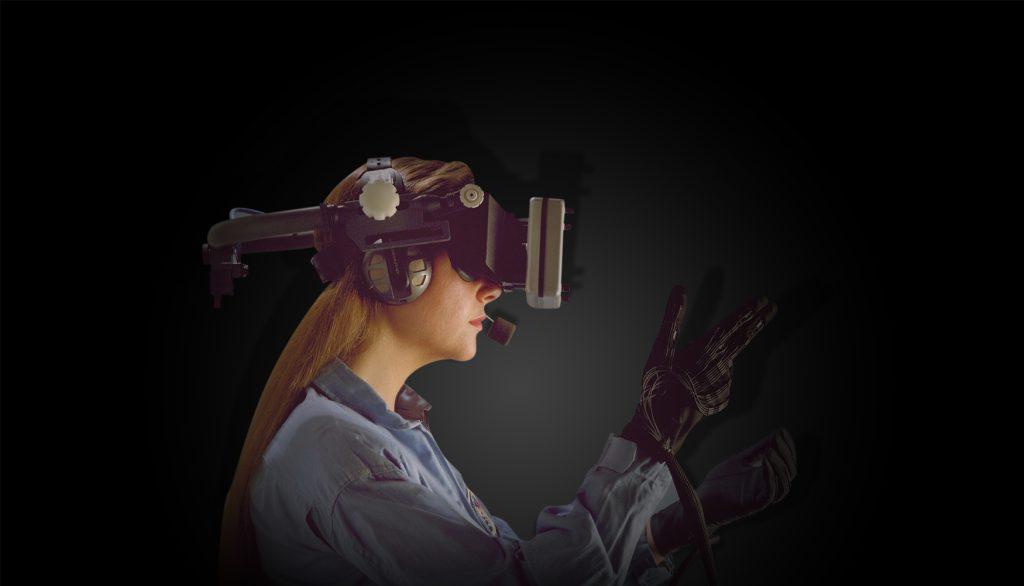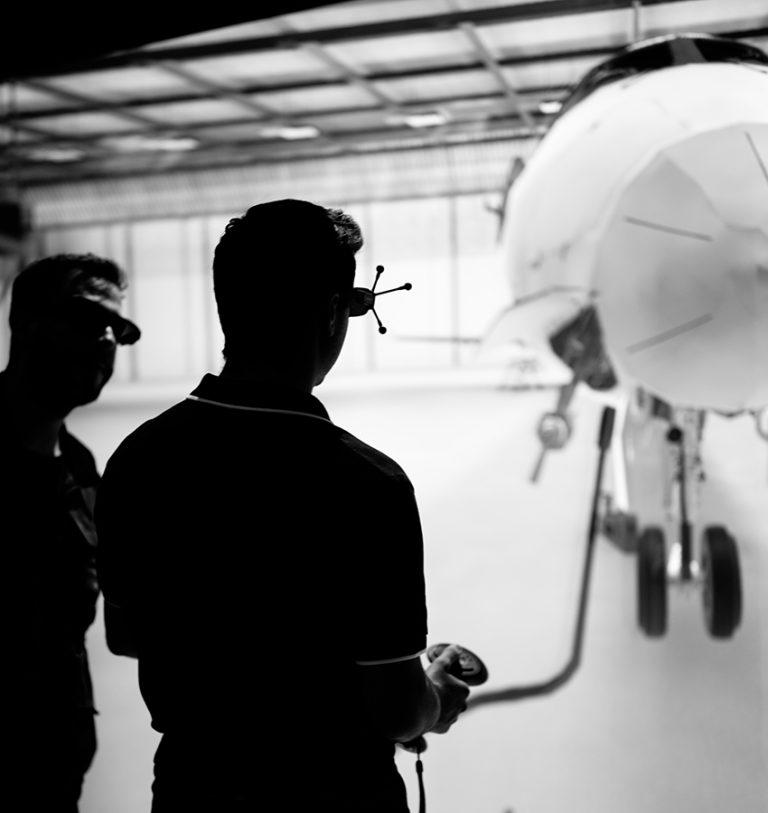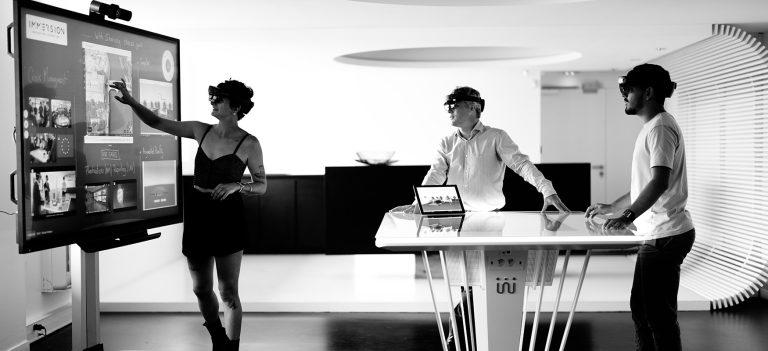


Curious. This is probably the best word to describe Christophe Chartier. When he arrived in Bordeaux in the nineties, he had the ambition to start a business. He was on a quest for new discoveries and self-fulfilment. But in what field? He had not yet decided…
At the time, Star Wars was playing over and over in people’s minds. The rise of new technologies had many people dreaming. But it was whilst reading scientific literature that Christophe found his inspiration. Virtual Reality (Fr. La Réalité Virtuelle), a book by researchers Philippe Coiffet and Grigore Burdea, gave him the inspiration he was looking for.

And so, this was how the adventure began. Virtual reality. Fiction becoming a reality. Immersion.
Driven by his quest for new discoveries, Christophe saw in this technology, the power of awe and wonder that companies needed. At the beginning, it was simply intuition. The intuition that 3D would become a common language for all, across all sectors, to better understand one another, to communicate at a distance, to bring teams together on a joint project.
Previously, the industrial revolution had given pride of place to new technologies to the detriment of people. However, Christophe’s vision was quite the opposite. His vision was about rethinking the Human Machine Interface (HMI), placing humans, their wellbeing and self-fulfilment at the centre of this development. His vision that was and still is about reinventing workspaces and how we work for the better. A vision that has become Immersion’s promise.
To launch the company, Christophe joined forces with his associate and friend Guillaume Claverie. Year one had a negative result. Year two, this trend was turned around and Immersion started to develop a network. In the meantime, Guillaume Claverie left Immersion to discover new horizons. The company went down a path that until then had never been explored. A path that has led us in the right direction.
Clients seeking our solutions come from all horizons: Airbus, Renault, SNCF, L’Oréal, Saint-Gobain, Lectra, Dassault Systèmes.
Immersion grows with each project. Six employees in 2003, then fifteen, then forty-five… However, our passion and employee wellbeing will never be compromised for notoriety and success.
“We have continued to support some of our clients for many years.” – Christophe C.
2014
In 2014, Marc Zuckerberg bought the company Oculus VR. Virtual reality was becoming more democratic. For Immersion, the news was positive, VR was gaining in popularity. Companies saw it as a chance to differentiate themselves and sought to ride the wave.
Two years later, Immersion raised funds and was listed on the stock exchange.
2016
In January 2016, we raised a toast. The clinking of the glasses was ringing in our ears and marked the start of a new adventure. And what an adventure it was… But in the Spring, we felt the effects of an economic slowdown. Companies held off investments. They were waiting to see what these new headsets could do. Some began to turn away from investing in our large, complex technology in favour of a more accessible solution. The question we were all asking was: For what will these headsets be used?
For Immersion, the answer to turning the situation around was about providing a solution. Not about simply selling technology but using this technology to offer a solution that was adapted to our clients’ needs. Offering solutions, and the strength of our team enabled us to survive the storm.

We have an extraordinary team. A team of experts with complementary skills ranging from HMI, electronics, and computer science to cognitive sciences. However, beyond their qualifications, what sets the men and women that work at Immersion apart is that they share the same passion and desire to discover what the future holds.
The future, an entirely virtual universe. Not so long ago metaverse was a playground reserved for technophiles: Today everyone wants to have shares in the pixel. The opportunity is exhilarating. But like VR headsets, metaverse is a tool. The question we are already asking is what can it be used for? How will we integrate it into our solutions to make the immersive experience even more incredible. These answers, we are eager to find out.
In recent decades, we have experienced the beginning of the technological age. From the start, we did not know how, but it was clear that technology would be part of the future of humanity. Next came the age of use. From dreamers, people became « users ».
We continue our quest. Welcome to the age of meaning.